Lorry-les-Metz 1867 – 1944 Etang-la-Ville
French Painter
'L’après-midi d’un faune'
Signature: signed lower left and right
Medium: pastel
Dimensions: image size 46,5 x 62,5 cm, frame size 61 x 76,5 cm
Biography: Ker-Xavier Roussel, born François Xavier Roussel on December 10, 1867, in Lorry-lès-Metz, Moselle, was the son of a physician. His artistic journey began at the Lycée Condorcet in Paris, where he met his lifelong friend and fellow artist Édouard Vuillard. Both were inspired to pursue careers in painting. Roussel further honed his artistic skills at the studio of Diogène Maillart before enrolling in the prestigious École des Beaux-Arts in 1888. He also attended the Académie Julian, where he co-founded the influential artist group Les Nabis with Maurice Denis and other avant-garde artists.
Roussel’s style is emblematic of Les Nabis, characterized by expressive use of color and form to convey emotion rather than realistic representation. His early works followed the group’s principles, focusing on simplifying forms and employing individualistic color interpretations. Landscapes often served as his primary subject matter, infused with bucolic and mythological themes. He frequently incorporated elements from the scenery around L’Étang-la-Ville and Saint-Tropez, depicting Greek mythological episodes with figures like nymphs, centaurs, and fauns.
In addition to his paintings, Roussel was a prolific creator of lithographs and wall decorations. His style evolved to embrace large, brightly colored canvases, often celebrating themes of nature, abundance, and dance. The influence of Isadora Duncan, a pioneer of modern dance, is evident in his dynamic and celebratory depictions of movement.
Roussel’s personal and professional lives were closely intertwined. He married Marie Vuillard, Édouard Vuillard’s sister, and their family often served as models for his works. The couple had two children, Annette and Jacques, who, along with their grandchildren, frequently appeared in Roussel’s paintings.
His artistic journey included extensive travels with Maurice Denis to various inspiring locations such as Aix-en-Provence, where he met Paul Cézanne, Saint-Tropez, Lake Como, Venice, and Milan. These travels enriched his artistic vision and contributed to the development of his unique style.
Roussel’s oeuvre includes significant public and private commissions. In 1912, he painted the front curtain for the Théâtre des Champs-Élysées, and between 1937 and 1939, he created a monumental eleven-meter panel for the Palais des Nations in Geneva. One of his notable achievements was winning the Carnegie Prize for art in 1926. His reputation peaked in 1936 with a large multi-panel project for the Palais de Chaillot.
Despite his successes, Roussel experienced periods of melancholy and darkness, reflected in his somber lithographic illustrations for works by Maurice de Guérin, such as “La Bacchante” and “Le Centaure.” From 1914 to 1917, he was treated for depression in a clinic, a challenging period that nonetheless saw the creation of numerous pastels depicting violent mythological scenes.
Roussel’s later years were marked by prolific output and continued exploration of mythological and natural themes. He passed away on June 6, 1944, in L’Étang-la-Ville, at the age of 76. His works are preserved in several prestigious collections, including the Musée d’Orsay.
Roussel’s impact on art was recognized by his contemporaries and later generations. He is mentioned in Gertrude Stein’s “The Autobiography of Alice B. Toklas,” where an exchange with art critic Theodore Duret highlights the challenges he and his fellow Nabi painters faced in gaining recognition.
In 2019, Roussel’s contributions to art were celebrated in a comprehensive exhibition titled “Ker-Xavier Roussel, Private Garden, Dreamed Garden” at the Musée des Impressionnismes in Giverny, rescuing him from the near oblivion into which he had fallen in modern times. His legacy endures through his vibrant, emotive paintings and his influence on the post-impressionist movement.


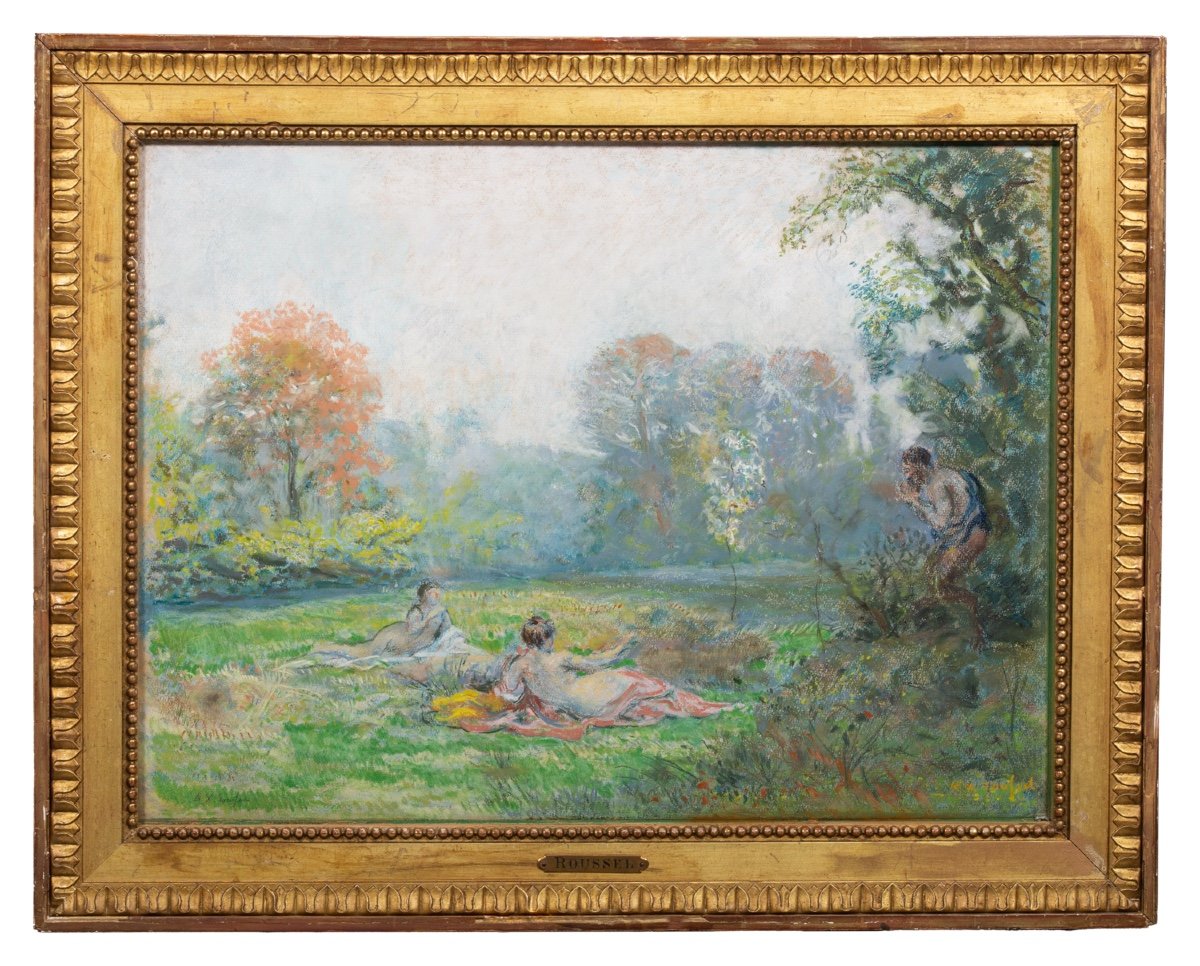
























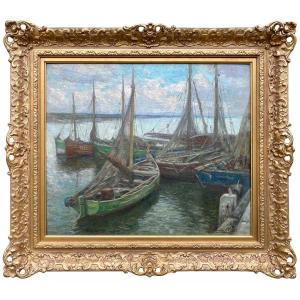

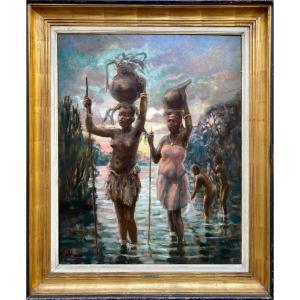
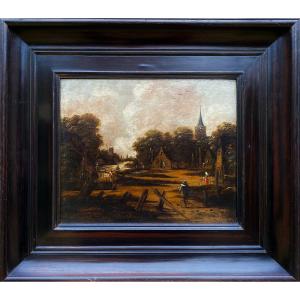
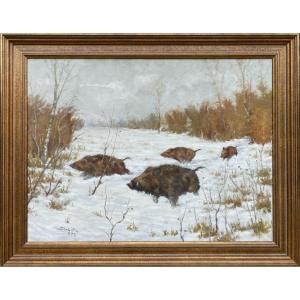

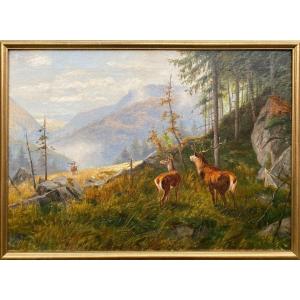
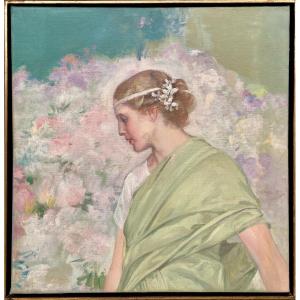
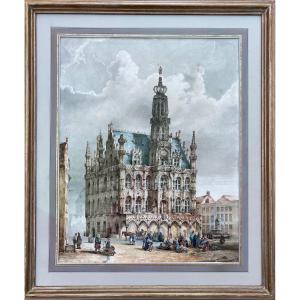
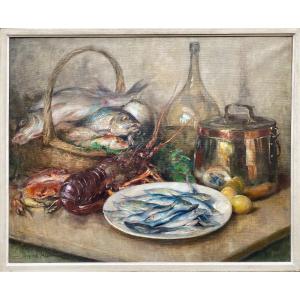




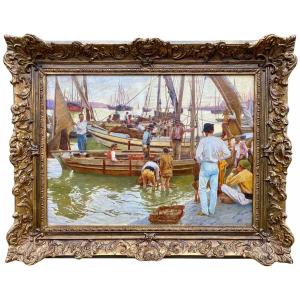
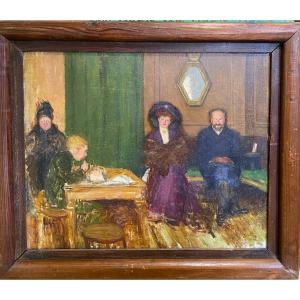







 Le Magazine de PROANTIC
Le Magazine de PROANTIC TRÉSORS Magazine
TRÉSORS Magazine Rivista Artiquariato
Rivista Artiquariato